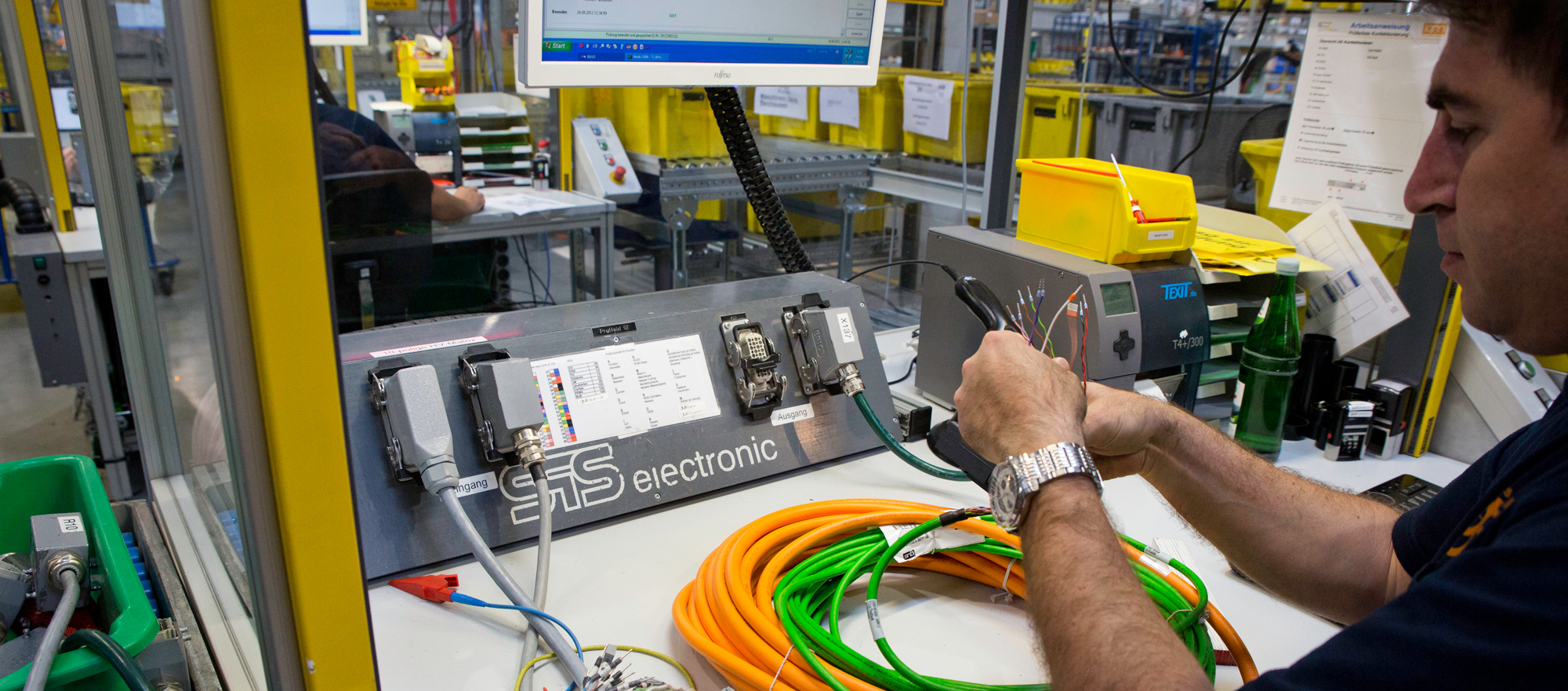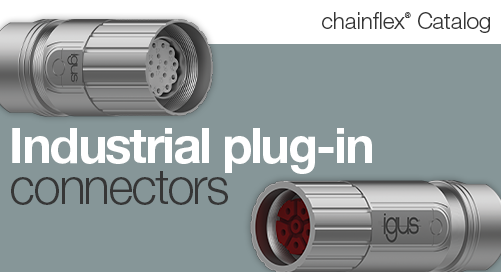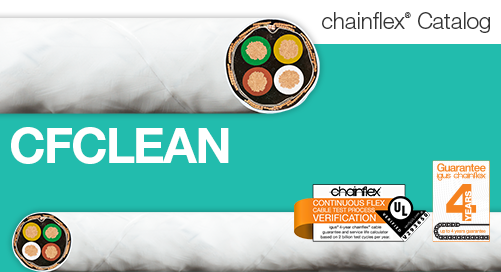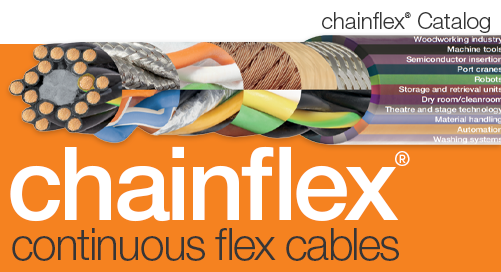How Do We Actually Test Our chainflex® Cables?
We are always mentioning the rigorous testing that we perform on our chainflex® cables, and now our testing process and guarantee is even verified by UL-Laboratories. However, there is one question you may still have—“How do we actually test our cables?”
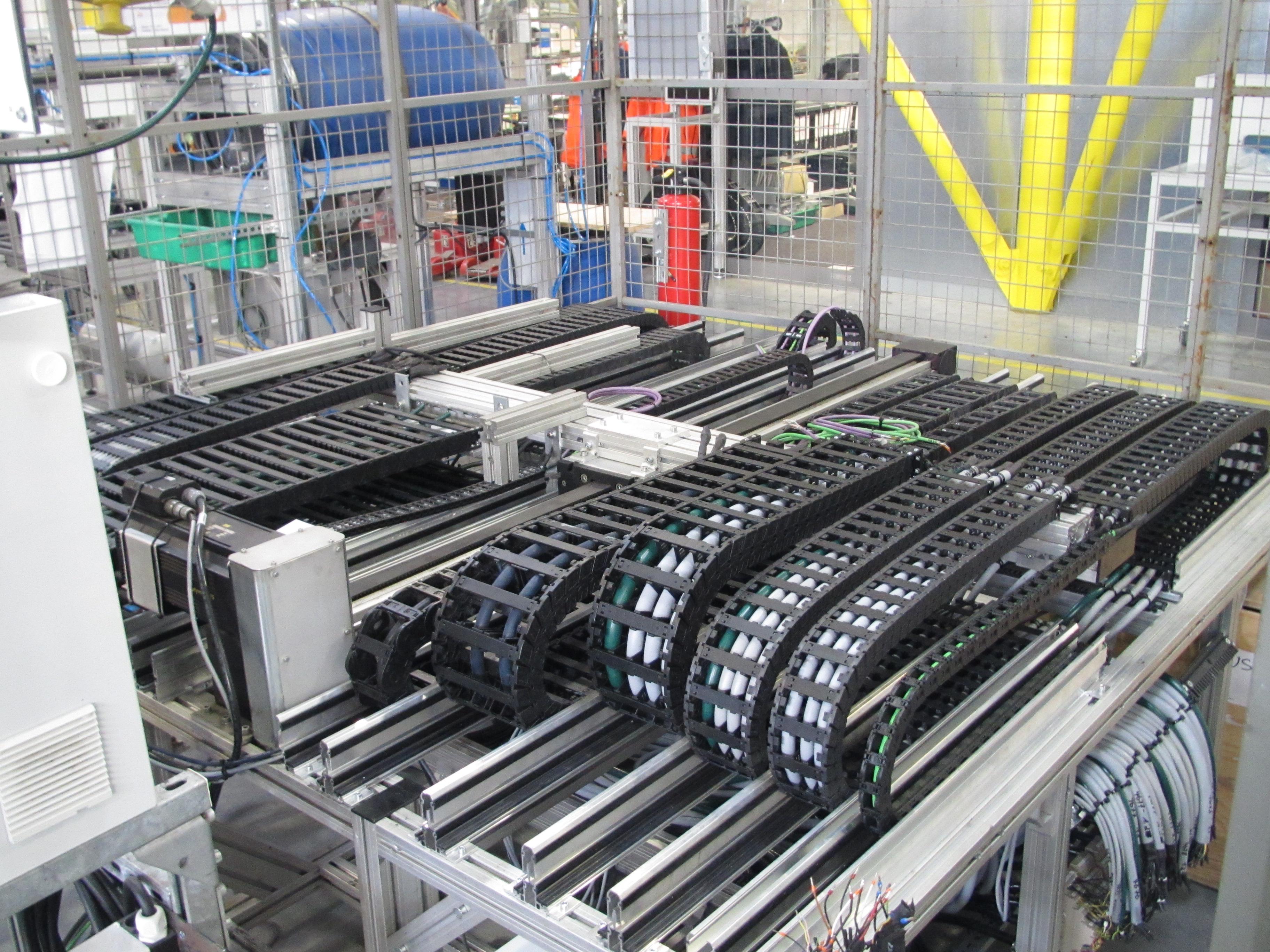 All of this testing enables us to provide customers with accurate data regarding the service life of a cable within a particular application, which can reduce the risk of unscheduled machine downtimes for a customer. A cable that has been rigorously tested via a UL-verified test process not only provides the customer with confidence, but also demonstrates quality and durability. Through our laboratory testing, we can also firmly prove the confidence in our guarantee while providing our customers with valuable facts and figures. This is our goal when we are putting together any testing method.
All of this testing enables us to provide customers with accurate data regarding the service life of a cable within a particular application, which can reduce the risk of unscheduled machine downtimes for a customer. A cable that has been rigorously tested via a UL-verified test process not only provides the customer with confidence, but also demonstrates quality and durability. Through our laboratory testing, we can also firmly prove the confidence in our guarantee while providing our customers with valuable facts and figures. This is our goal when we are putting together any testing method.
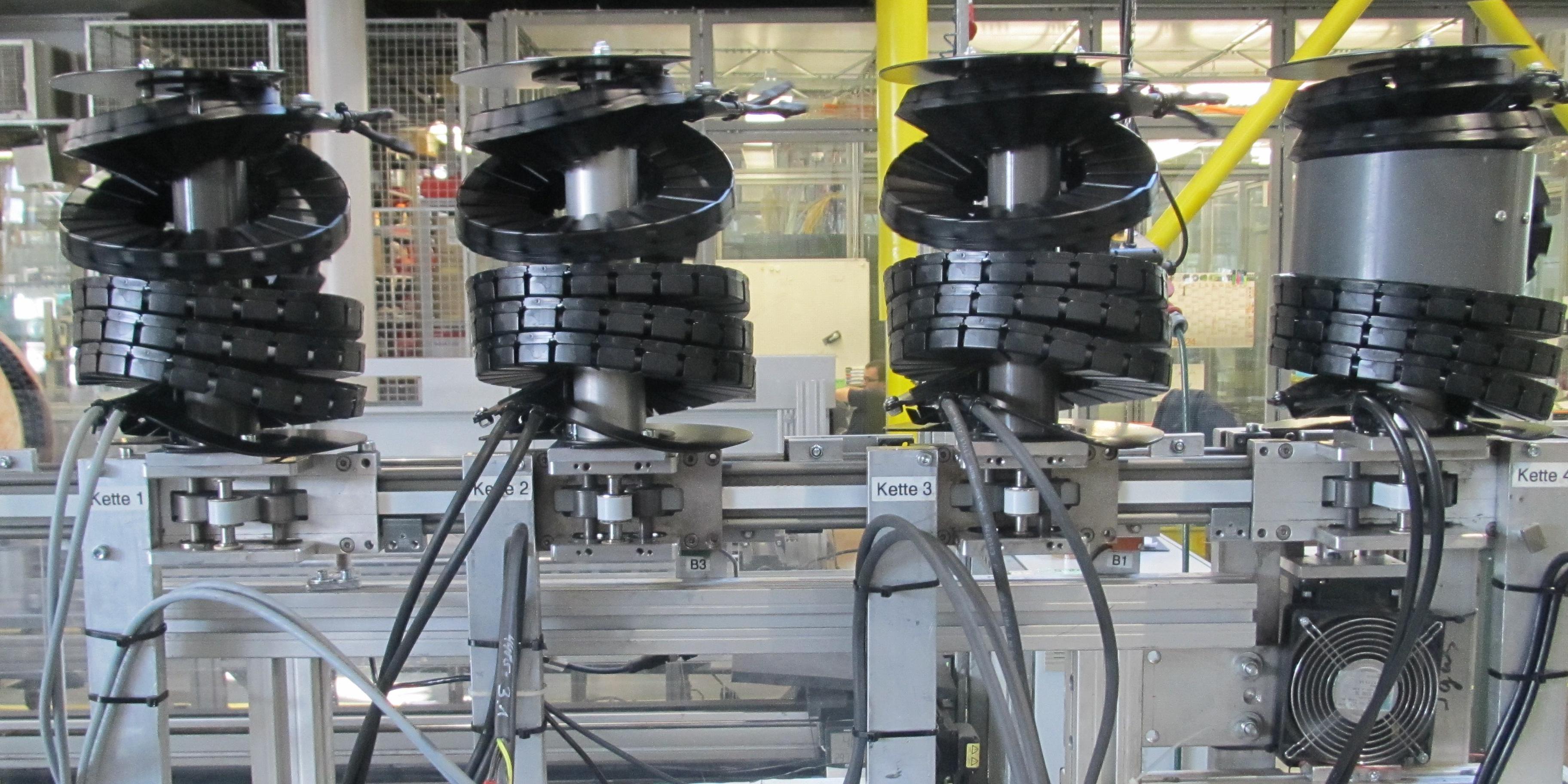 Example: We test cables while they are in constant motion, but usually in typical cable carriers. However, for all of our triflex® robot cable carriers, we use the torsional motion test bench to meet the requirements of multi-axis robots.
Example: We test cables while they are in constant motion, but usually in typical cable carriers. However, for all of our triflex® robot cable carriers, we use the torsional motion test bench to meet the requirements of multi-axis robots.
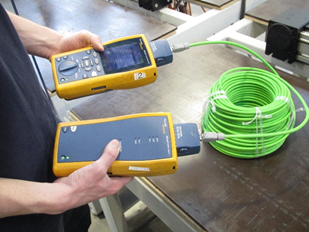 Additionally, all resistance values ??are regularly measured with a highly precise Wheatstone bridge regardless of how small a fluctuation may be. However, this is really only necessary for tests where Auto Mess would not make sense, such as those with a short lifespan goal. For bus cables, special measuring devices must be used to determine the behavior of data transmission since a resistance value alone is not meaningful enough here.
At igus®, we are constantly conducting hundreds of tests on our cable at any given time. Almost all tests are measured automatically using the Auto Mess system, which was developed as an automated measuring system for these requirements. It provides us with millions of data points that our customers can feed into the life calculator to more accurately predict cable lifetime. This also allows our customers to have direct first-hand access to the data.
Additionally, all resistance values ??are regularly measured with a highly precise Wheatstone bridge regardless of how small a fluctuation may be. However, this is really only necessary for tests where Auto Mess would not make sense, such as those with a short lifespan goal. For bus cables, special measuring devices must be used to determine the behavior of data transmission since a resistance value alone is not meaningful enough here.
At igus®, we are constantly conducting hundreds of tests on our cable at any given time. Almost all tests are measured automatically using the Auto Mess system, which was developed as an automated measuring system for these requirements. It provides us with millions of data points that our customers can feed into the life calculator to more accurately predict cable lifetime. This also allows our customers to have direct first-hand access to the data.
Why standard tests are not enough for us
A cable's electrical properties are tested during manufacture. After all, you want to be able to touch a wire without getting an electric shock. All cables are also subjected to standard tests to determine whether they can withstand mechanical stress. The standard for this distinguishes between flexibly laid and permanently installed cables. We are focusing here specifically on flexible cables because, in theory, cables for energy chains are also laid flexibly. But there is no standard test for these types of cables. If we look at the relevant test for these cables, we find little to no similarity to the application in which the cable will later be used. The "flexing test", which standardizes the cable's alternating bending resistance, has nothing to do with realistic e-chain applications. The cable to be tested is merely guided over rollers under standardized conditions. The cable passes the test if it withstands a certain number of strokes – that is, movements over the rollers – with a defined radius (= cable bend radius). Now think about your application, which involves a cable guided in an energy chain. I am thinking here of adjusting a milling table on a machine tool. This involves completely different requirements with respect to abrasion behavior, tensile and shear forces, and a recurring load at the same point due to the bend radius. The standard test does not take this into account. Blog: Tensile strength: what is it and how do you calculate it?Development of our own or customer-specific tests
Our constant goal is to continue to provide cables that meet the growing demands of our customer’s applications, which is why we have not only built our own tests, but also built tests based upon customer feedback and requests. Designers and engineers are always innovating and improving applications and products, so it’s imperative that we continue to conduct tests based upon actual customer-applications. All of this testing enables us to provide customers with accurate data regarding the service life of a cable within a particular application, which can reduce the risk of unscheduled machine downtimes for a customer. A cable that has been rigorously tested via a UL-verified test process not only provides the customer with confidence, but also demonstrates quality and durability. Through our laboratory testing, we can also firmly prove the confidence in our guarantee while providing our customers with valuable facts and figures. This is our goal when we are putting together any testing method.
All of this testing enables us to provide customers with accurate data regarding the service life of a cable within a particular application, which can reduce the risk of unscheduled machine downtimes for a customer. A cable that has been rigorously tested via a UL-verified test process not only provides the customer with confidence, but also demonstrates quality and durability. Through our laboratory testing, we can also firmly prove the confidence in our guarantee while providing our customers with valuable facts and figures. This is our goal when we are putting together any testing method.
 Example: We test cables while they are in constant motion, but usually in typical cable carriers. However, for all of our triflex® robot cable carriers, we use the torsional motion test bench to meet the requirements of multi-axis robots.
Example: We test cables while they are in constant motion, but usually in typical cable carriers. However, for all of our triflex® robot cable carriers, we use the torsional motion test bench to meet the requirements of multi-axis robots.
Monitoring of tests and regular measurements
Before any attempt, we define a precise goal and design how it will achieve this goal. Then, our tests are continuously and automatically monitored, so that all measured values are ??documented and all results are recorded to give us clear results. We achieve this high level of automation through the development of Auto Mess. Additionally, all resistance values ??are regularly measured with a highly precise Wheatstone bridge regardless of how small a fluctuation may be. However, this is really only necessary for tests where Auto Mess would not make sense, such as those with a short lifespan goal. For bus cables, special measuring devices must be used to determine the behavior of data transmission since a resistance value alone is not meaningful enough here.
At igus®, we are constantly conducting hundreds of tests on our cable at any given time. Almost all tests are measured automatically using the Auto Mess system, which was developed as an automated measuring system for these requirements. It provides us with millions of data points that our customers can feed into the life calculator to more accurately predict cable lifetime. This also allows our customers to have direct first-hand access to the data.
Additionally, all resistance values ??are regularly measured with a highly precise Wheatstone bridge regardless of how small a fluctuation may be. However, this is really only necessary for tests where Auto Mess would not make sense, such as those with a short lifespan goal. For bus cables, special measuring devices must be used to determine the behavior of data transmission since a resistance value alone is not meaningful enough here.
At igus®, we are constantly conducting hundreds of tests on our cable at any given time. Almost all tests are measured automatically using the Auto Mess system, which was developed as an automated measuring system for these requirements. It provides us with millions of data points that our customers can feed into the life calculator to more accurately predict cable lifetime. This also allows our customers to have direct first-hand access to the data.
Dissecting cables
All the cables we test are subsequently dissected and examined down to the smallest possible detail so we can find out which assembly was subjected to how much stress.